Emilio Fernández: The Icon of Mexican Cinema
Emilio Fernández, known as "El Indio," was a towering figure in Mexican cinema, whose legacy continues to influence filmmakers today. Born on March 26, 1904, in Hondo, Coahuila, Mexico, he became not only an actor but also a writer and director, significantly shaping the Golden Age of Mexican cinema. His films, characterized by their rich cultural narratives and stunning visuals, often celebrated Mexican identity and heritage, making him a cultural icon.
Fernández's journey to fame was not without challenges. He was born to a Caucasian father and an Indian mother, symbolizing the mestizaje (mixed heritage) that he would later portray in his films. His early life was marked by his involvement in significant historical events, including the Huertista rebellion, which ultimately led him to Hollywood, where he honed his craft as an actor before returning to Mexico to create impactful cinema.
His filmography boasts titles that not only captivated audiences but also garnered critical acclaim, including "María Candelaria," which won the Grand Prize at the Cannes Film Festival. Through his work, Fernández played a pivotal role in portraying the struggles and triumphs of the Mexican people, contributing to the broader narrative of Mexico's cultural renaissance in the 20th century.
Biography of Emilio Fernández
| Full Name | Emilio Fernández Romo |
|---|---|
| Date of Birth | March 26, 1904 |
| Place of Birth | Hondo, Coahuila, Mexico |
| Occupation | Actor, Writer, Director |
| Date of Death | August 6, 1986 |
Key Contributions to Mexican Cinema
Throughout his prolific career, Emilio Fernández directed and acted in numerous films that defined the Golden Age of Mexican cinema. His storytelling often revolved around themes of identity, nationalism, and the struggles of indigenous people, resonating with audiences across Mexico and beyond. Fernández's unique vision and style paved the way for future generations of filmmakers, establishing a rich cinematic tradition that continues to thrive today.
His collaboration with cinematographer Gabriel Figueroa resulted in visually stunning films that captured the beauty of Mexican landscapes and culture. Together, they created a cinematic language that elevated Mexican film on the international stage, earning accolades and recognition at prestigious film festivals.
Fernández's influence extended beyond filmmaking; he became a symbol of Mexican pride and identity, using his platform to advocate for cultural nationalism during an era of significant political change. His legacy is honored not only in the realm of cinema but also in the hearts of those who celebrate Mexican culture and history.
Images of Emilio Fernández
Some Emilio Fernández Images
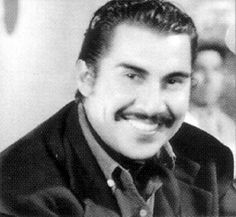
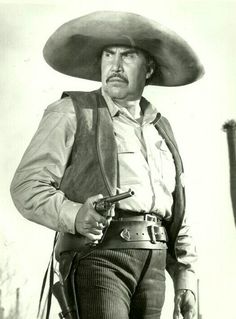

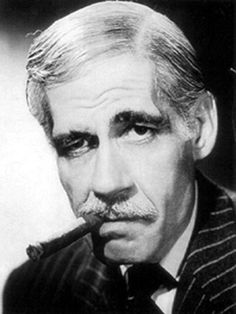
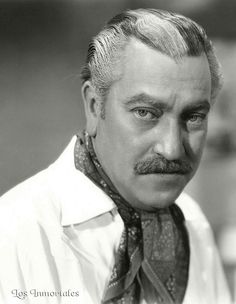
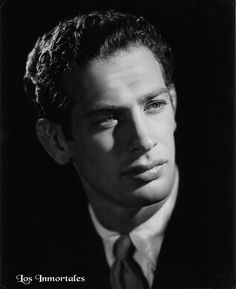
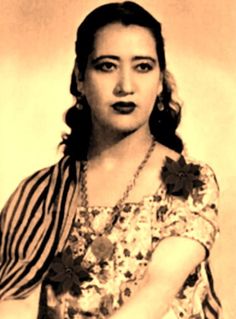
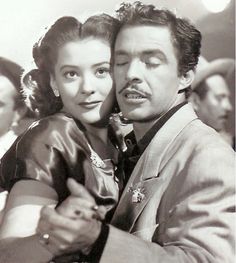
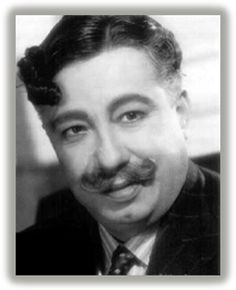
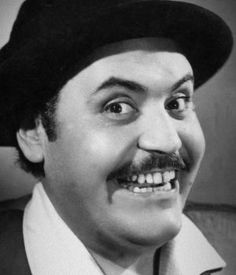
Reflections on Legacy
Emilio Fernández's impact on Mexican cinema is undeniable, and his films remain a testament to his artistic vision and cultural commitment. As a figure who navigated the complexities of identity, politics, and art, he left behind a legacy that continues to inspire filmmakers and audiences alike. His life story exemplifies the power of cinema to shape narratives and foster cultural pride.
Today, as we reflect on his contributions, we recognize that Fernández was more than just a filmmaker; he was a pioneer who helped define what it means to be Mexican in the realm of cinema. His dedication to storytelling and his passion for highlighting the richness of Mexican culture ensure that his memory will live on in the hearts of those who appreciate the art of film.
In conclusion, Emilio Fernández's net worth may remain under review, but his cultural wealth is immeasurable. Through his films and his unwavering commitment to Mexican identity, he created a legacy that will continue to resonate for generations to come.
You Might Also Like
Unlocking Success: Strategies For Personal And Professional Growth
Article Recommendations
- Daniel Ezra Wife
- Aishah Sofey Porn
- Abbagailpeaches
- Michael Boulos Religion And Beliefs
- Mirella Ponce
- Joseph Poirier Obituary
- Alaina Ellis Leak
- Dale Jarrett Divorce
- 2 Actors Died Yesterday
- Auhneesh


